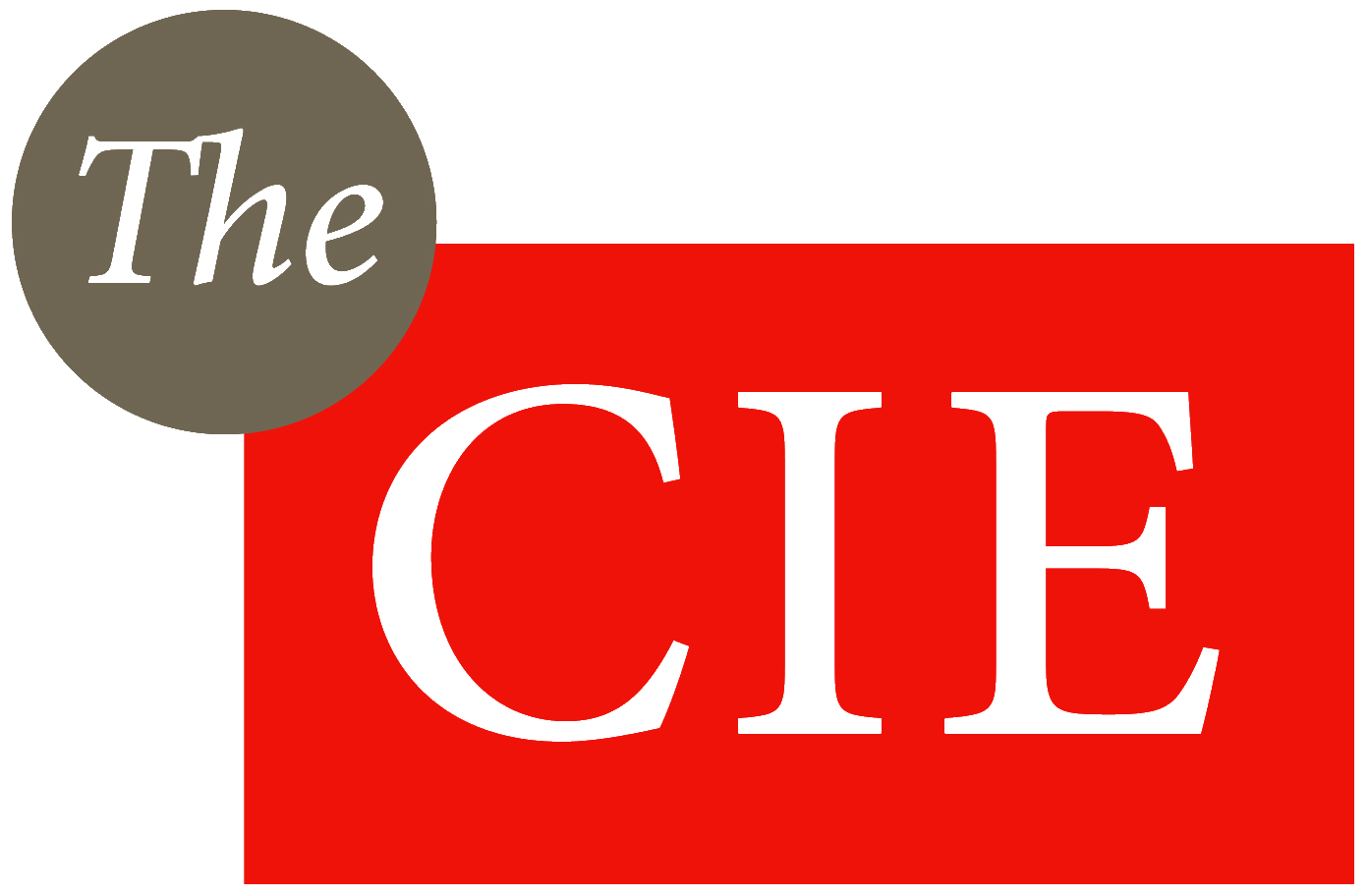Regulatory impact analysis
For over two decades, the CIE has been a recognised leader in preparing high quality Regulatory Impact Statements (RIS’s) and other reports analysing the impact of regulatory reforms. We have completed numerous major RIS’s across a diverse range of policy areas including transport, building and construction, environment, standards, energy efficiency, trade, security, biosecurity, new technologies, agriculture and fisheries.
We also develop conceptual frameworks and guidelines to help governments analyse the impact of regulation and related issues in a rigorous and consistent way. We have also contributed to various public inquiries on regulatory impact assessment processes. The quality of our work has been recognised by the Commonwealth Government’s Office of Best Practice Regulation and our ideas were an important influence on the Productivity Commission’s recent research report on regulatory impact assessment processes in Australia, as evidenced by the number references to our submission.
Benefit cost analysis
The CIE undertakes benefit-cost analyses of policies, programs, and investments which capture the full range of economic, social, and environmental considerations. We are also experts in estimating and incorporating non-market values required to evaluate public projects and policies, which are particularly important in assessing net societal outcomes. We often combine a range of techniques to assess impacts, including stakeholder consultation, financial appraisal, demand forecasting, and needs analysis.
Our robust methodologies for benefit-cost analysis :
consider all gains and losses to all stakeholders to help decision makers maximise net benefits to society
measure incremental impacts relative to a well-defined base case to assess whether options are worthwhile
promote comparability to assist with setting relative priorities and encourage consistent decision making, and
help discover cost-effective solutions to policy problems by identifying and measuring all costs.
Surveys and non-market valuation
Twenty-five years ago, The CIE conducted one of the earliest choice modelling studies on environmental valuation in Australia. Today, we remain committed to using state-of-the-art survey and econometric techniques where they can help our clients understand consumer preferences for products and services that are not traded in markets. We have helped our clients make smarter decisions by valuing environmental outcomes, infrastructure service levels and future product offerings.
Key values from our publicly-available choice modelling studies are available at the link below:
Modelling tools
We have a long standing commitment to developing cutting edge quantitative modelling tools suitable for a wide variety of purposes and clients. In over 30 years of research and consulting, we’ve found formal quantitative models to be incredibly powerful.
We have built, extended and applied dozens of general equilibrium models for various purposes of economic analysis. We currently have in-house models that include economywide models for Australia and other countries and commodity specific models for meat, grains, sugar, dairy, horticulture and irrigated agriculture. We are also involved in consortium based model development including ongoing development of the G-Cubed suite of models (of which we have a unique in-house version), and regular use of the GTAP global model. We have developed innovative models for international education, tourism, international trade promotion, industries and R&D funding.
To see a brief description of the following models, please click on the links below:
Dynamic general equilibrium models ❯
Macroeconomic and other models ❯
Multi-country static general equilibrium models ❯
Single country multi-sector and multi-region static general equilibrium models ❯
Global economy-wide models
We are involved in consortium based model development including ongoing development of the G-Cubed suite of models (of which we have a unique in-house version), and regular use of the GTAP global model.
Economy-wide country models
Currently we have in-house models that include economy-wide models for Australia and a range of other countries (China, Sri Lanka, Papua New Guinea, Thailand, the Philippines, Indonesia and so on) and commodity specific models for meat, grains, sugar, dairy, horticulture and irrigated agriculture. We have also developed innovative models for international education, tourism, international trade promotion and R&D funding.
Australian macro modelling
We have a unique macroeconomic model of the Australian economy (AUSM) which we use to assist clients in working through the (sometimes surprising) ways in which macroeconomic factors will affect their businesses and activities.
Simulation modelling
Our simulation modelling expertise is coupled with a solid understanding of approaches to analysing risk and uncertainty, and we regularly use Monte Carlo simulation and other techniques for analysing risk and uncertainty for our clients. Our quantitative expertise also includes statistical and econometric techniques which we often use to obtain empirical insights from large data sets, ranging from retail scan data to household expenditure surveys.

